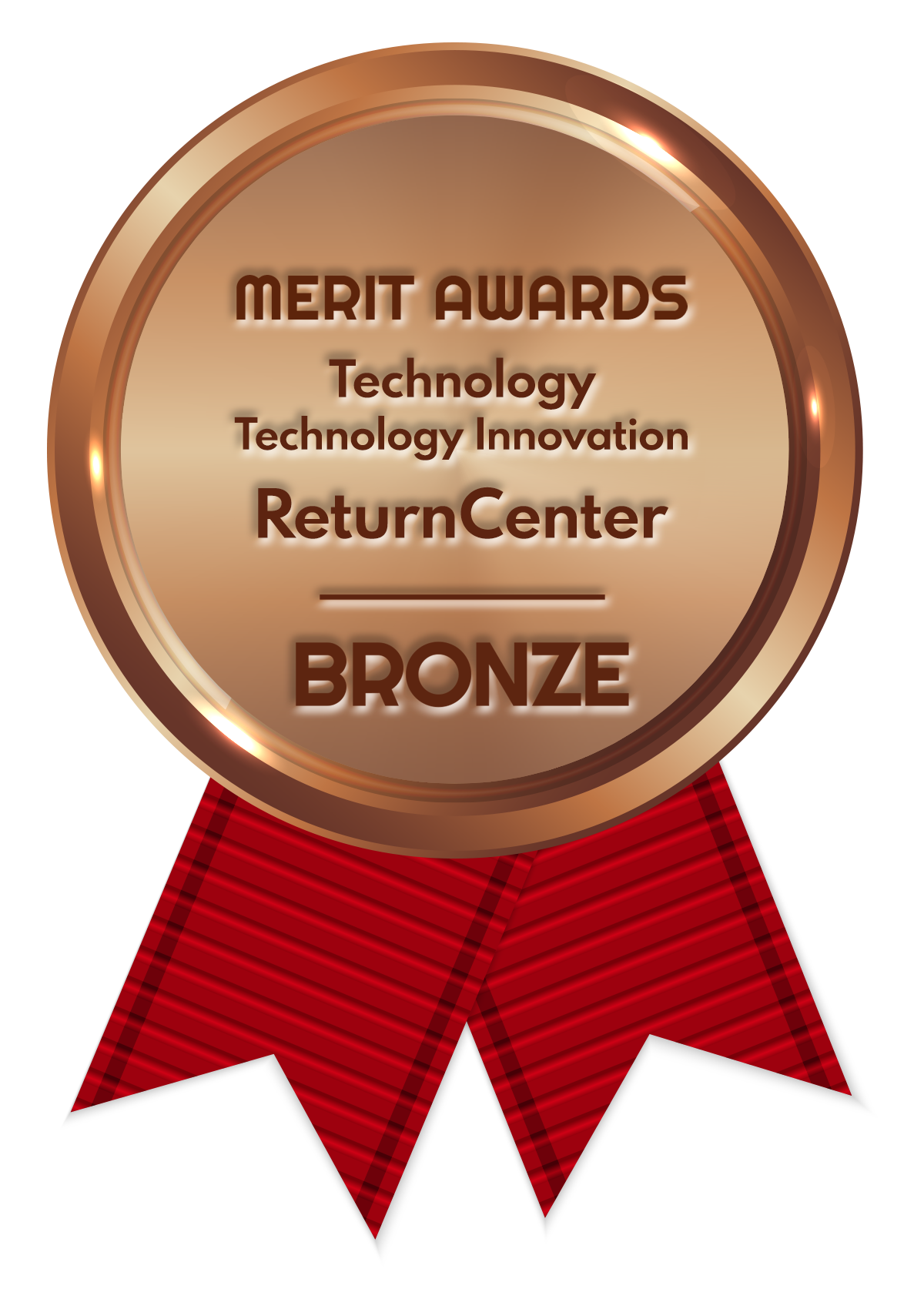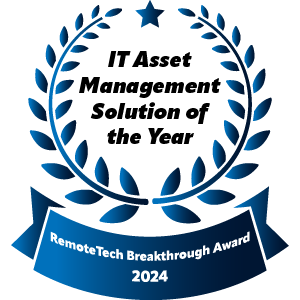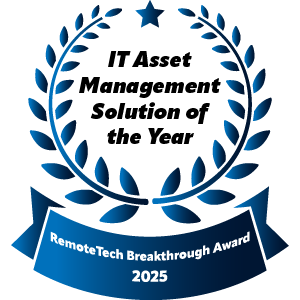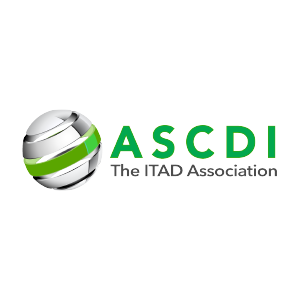The rise of remote learning, hybrid classrooms, and digital assessments has led to a surge in school-owned laptops, tablets, and other devices deployed across campuses and virtual environments.
For education leaders and IT departments, this means managing thousands of assets with limited time, tight budgets, and often, outdated systems.
Students may graduate without turning in their Chromebooks, new teachers may come on board, and old staff devices may sit untouched. By summer, schools are juggling refresh cycles that must be carried out quickly. Without the right tools, this becomes a logistical bottleneck that drains time and increases risk.
In this blog, we explore how IT asset management in education can bring structure and oversight to that chaos.
IT Asset Management in Education
IT asset management involves tracking, maintaining, redeploying, and retiring IT hardware across its whole lifecycle. In schools, this means managing devices issued to teachers, administrators, students, and support staff.
IT asset management includes everything from acquisition and daily use to repair, replacement, and final disposal. It supports accurate budgeting, improves sustainability, and ensures sensitive data doesn’t fall through the cracks.
The Lifecycle Challenge: Where It Falls Apart
Many education systems manage IT assets reactively, not strategically. Without a dedicated lifecycle process in place, schools often rely on spreadsheets, shared folders, or scattered tools to track thousands of devices. This patchwork approach creates gaps that widen over time.
Devices are frequently left unreturned after student graduations or staff turnover, and inventory records become outdated or incomplete. Some schools struggle even to confirm how many devices are still in use, let alone where they are or who’s responsible for them. The result is a system vulnerable to failed audits and budget waste.
These challenges intensify during high-volume seasons, like early year distribution, end-of-year collection, onboarding new teachers, or district-wide tech refreshes. Unfortunately, scrambling to locate equipment, verify records, or prepare for audits, drains time and budget.
Unfortunately, spreadsheet tracking is not enough. Schools need a system that supports the full device lifecycle, from acquisition to disposal, with transparency at every stage.
A Smarter Lifecycle: Centralized, Tracked and Automated
ReturnCenter is a reverse logistics platform designed to help schools and districts manage the entire lifecycle of their IT hardware securely and efficiently. Instead of relying on fragmented spreadsheets, tools or guesswork, education leaders get a centralized system that brings structure and visibility to every step of the return and disposition process.
From student device collection to secure recycling, ReturnCenter replaces manual processes with smart automation and real-time tracking. That means fewer lost assets and more time for IT teams to focus on supporting learning, not chasing laptops.
Here’s what schools can achieve with it:
Keeping Oversight Centralized
IT teams can track every shipment, return, and recycling event in one dashboard. Whether managing a few devices or coordinating returns across dozens of campuses, schools maintain complete visibility without switching between tools.
Automating Asset Tracking and Documentation
Instead of manually updating records or chasing paperwork, schools rely on ReturnCenter to link with service partner documents like Certificates of Destruction and disposition reports. This keeps records audit-ready and always up to date.
Simplifying Remote Returns for Staff and Students
Schools use the Box Program to send professional-grade return kits directly to remote users. Each box includes packing materials, a prepaid label, and clear instructions — no IT help desk or printer required.
Integration With ServiceNow
Larger institutions can streamline their hardware return workflows directly inside their ServiceNow environment, ensuring secure, traceable movement of assets from offboarding through final disposition.
The Benefits of Closing the Loop for Schools and Other Learning Institutions
When schools adopt a full-lifecycle approach to IT asset management education, the impact goes beyond inventory control. It becomes a system that supports stronger accountability, smoother operations, and measurable progress toward institutional goals.
Here’s what that looks like in practice:
- Fewer Lost Devices: Track returns in real-time, reduce missing equipment, and hold staff and students more accountable without manual follow-up.
- Simplified Audits and Compliance: Automatically generate documentation like Certificates of Destruction and shipment history, helping you stay ready for audits or funding reviews.
- Smarter Use of Time: Eliminate the guesswork. Your IT staff can focus on tech support and infrastructure, not chasing down Chromebooks or digging through spreadsheets.
- Built-In Sustainability: ReturnCenter partners with R2-certified recyclers and enables schools to donate residual value to nonprofits, aligning asset disposition with environmental and community goals.
Closing the loop does more than tidy up the process. It sets you up for better outcomes overall.
Make Device Management Smarter and Safer
If managing IT equipment has become a guessing game or an administrative burden, it may be time to rethink the process. Schools and universities shouldn’t have to choose between operational efficiency and sustainability — they can have both.
ReturnCenter was built to help education leaders like you close the loop. From logistics management to secure recycling and automated documentation, our platform makes every return count.
Let’s help you take control of your asset lifecycle securely, sustainably, and with far less manual work. Explore ReturnCenter and discover a smarter way to manage school-owned devices.



